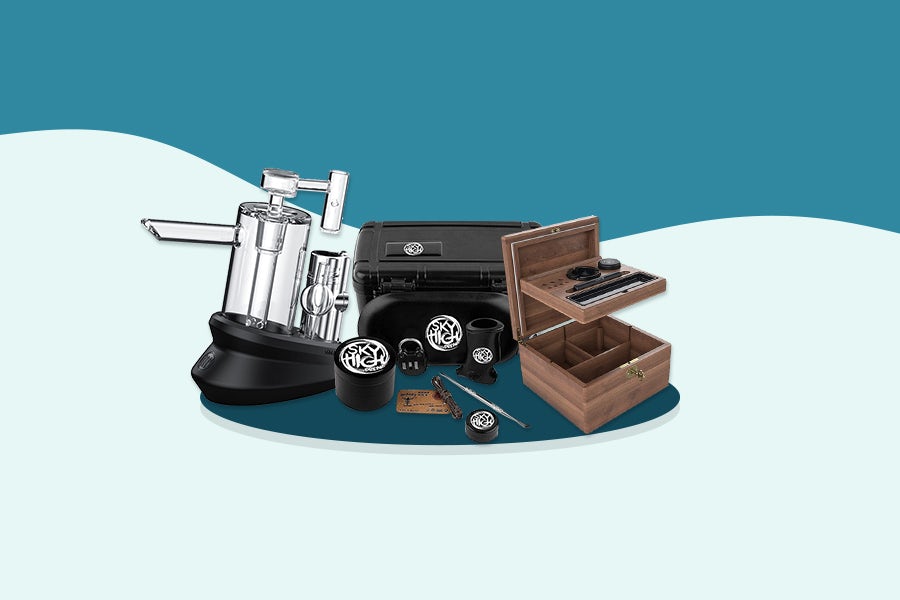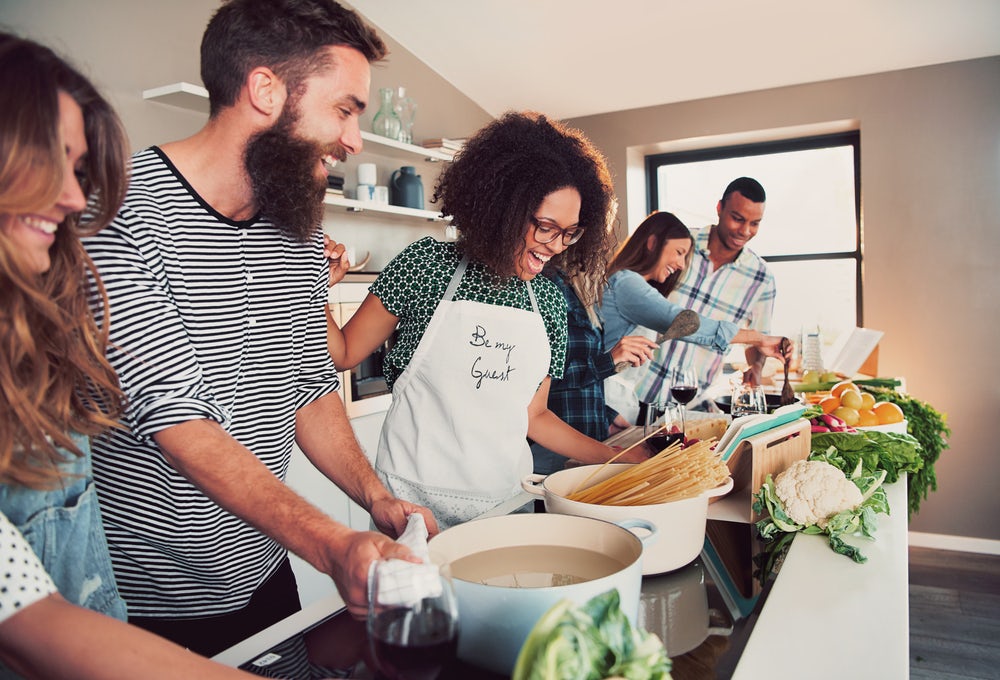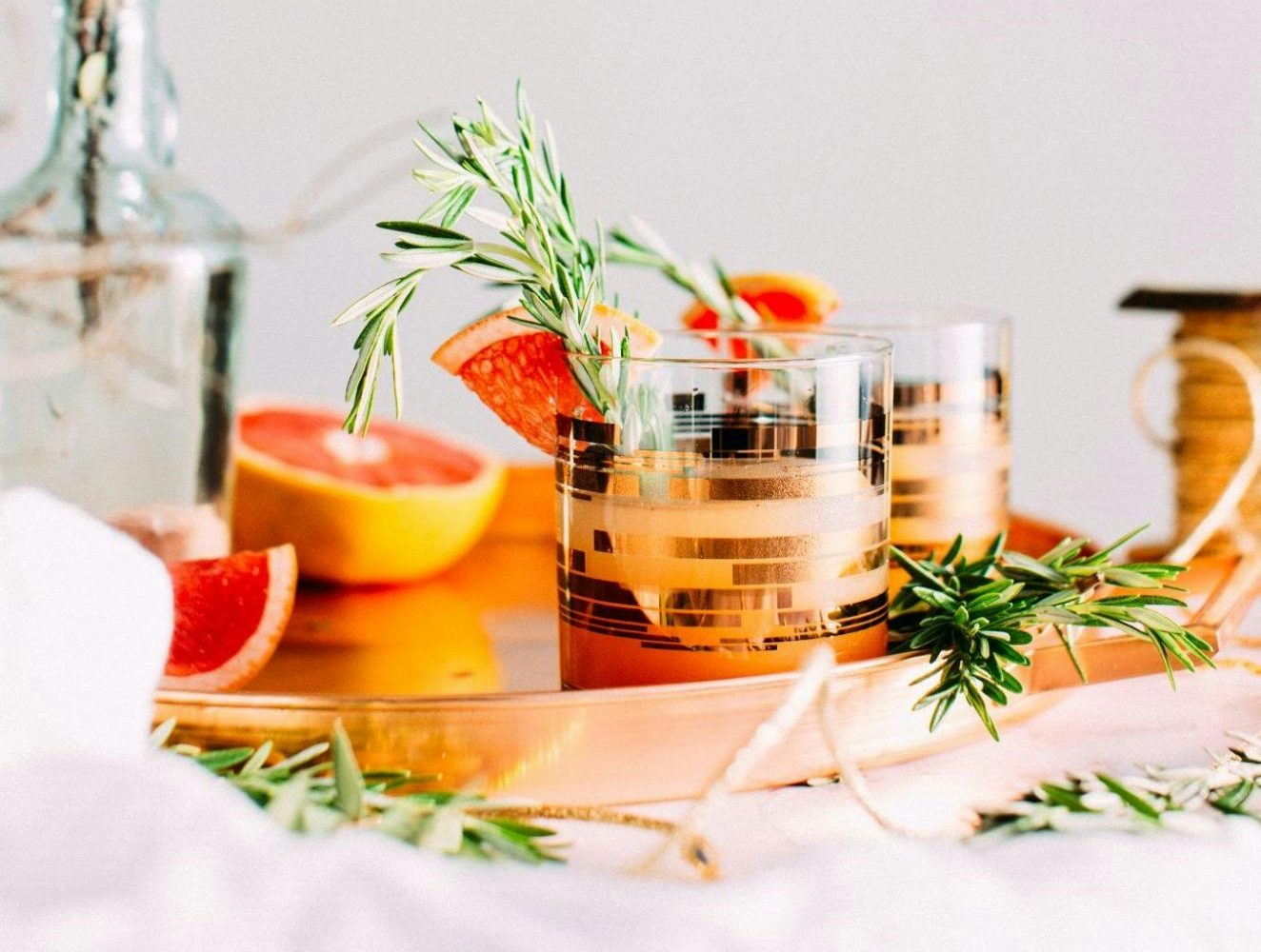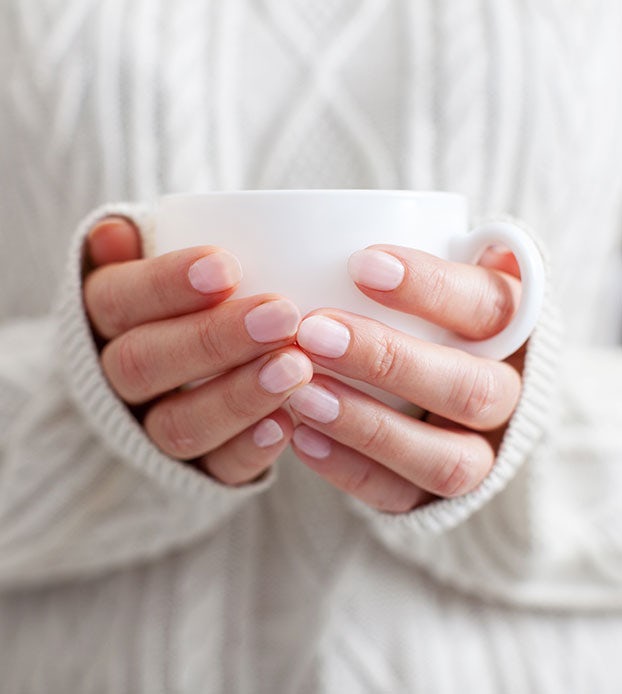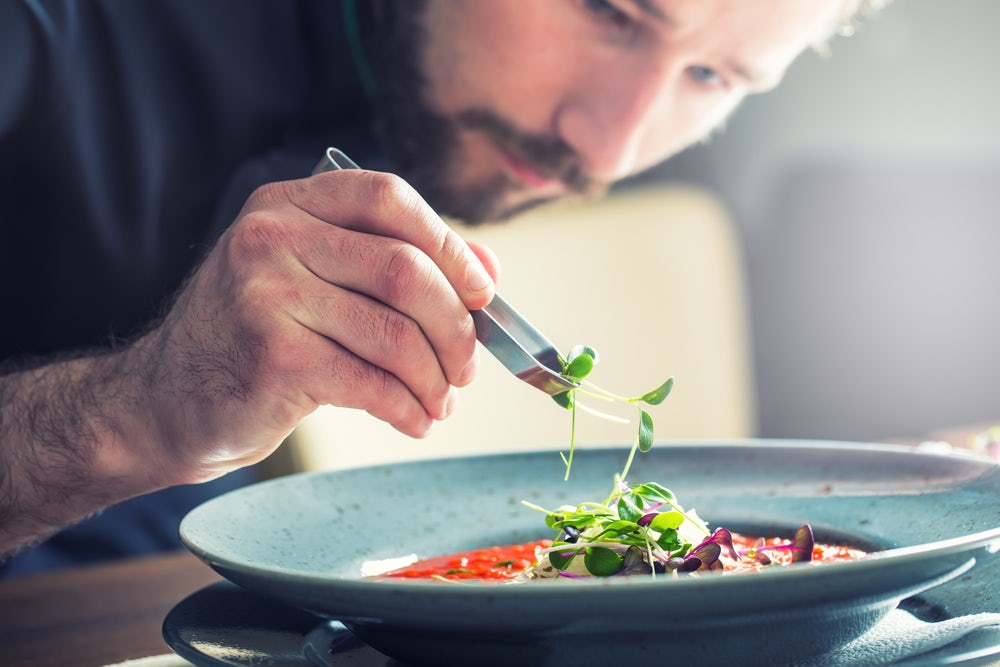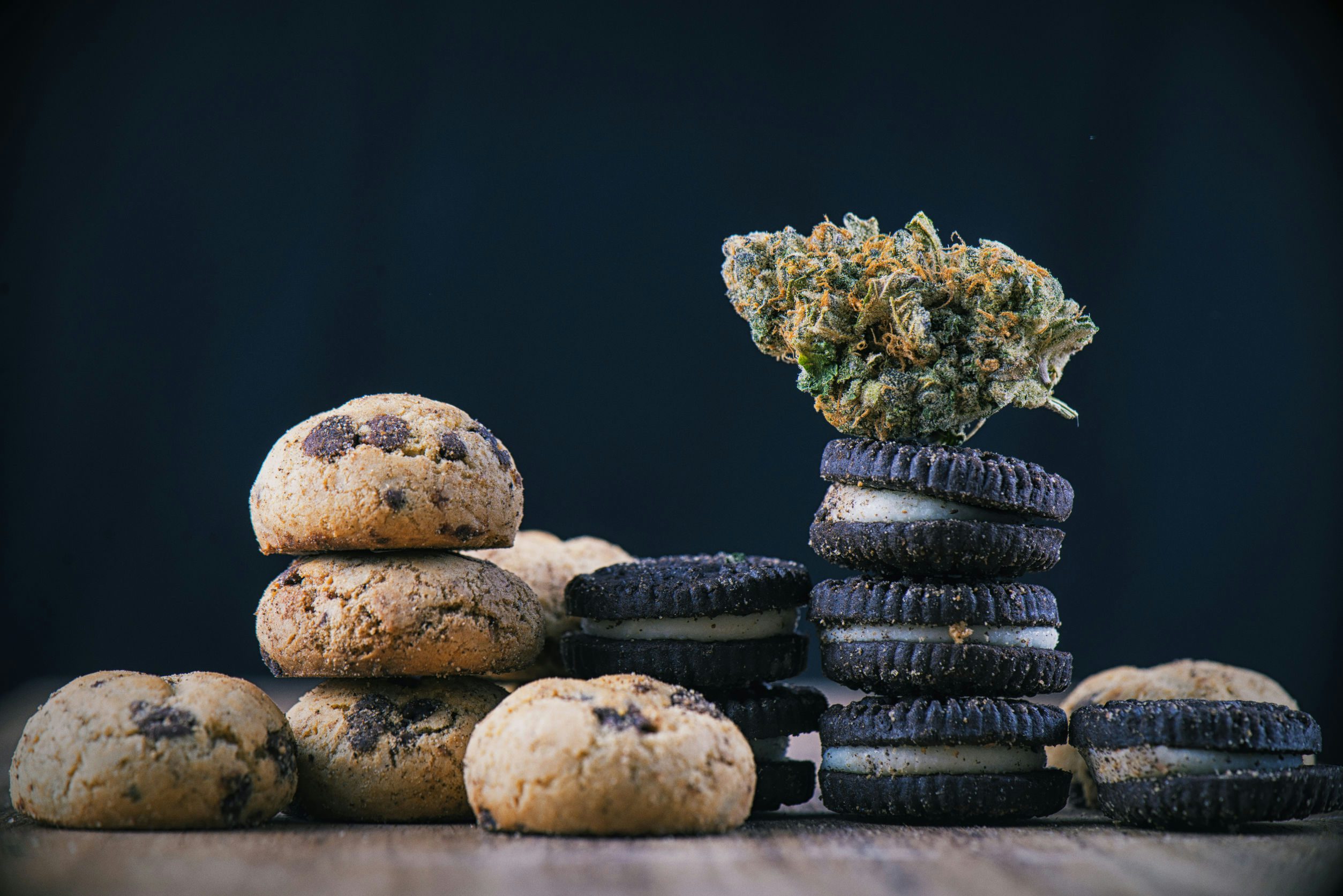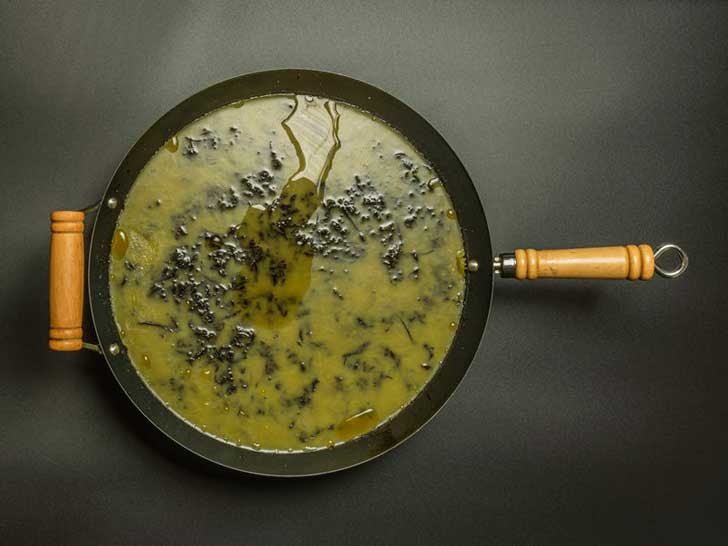While kief is usually collected for rolling into joints or topping off a bowl pack, you can also use it to make potent edibles.
Kief is a fine green powder made from fallen trichomes, the shiny, hair-like substance on cannabis plants. These trichomes house a majority of the cannabinoids and terpenes in the plant, making a small amount intensely powerful.
How to collect kief
Kief powder can easily be compressed and squashed against the rough teeth of a grinder. Using a kief box is the best way to maximize your kief harvest and still leave yourself with plenty of smokable bud.
Kief boxes use a fine sifting screen to gently remove the tiny trichomes without compressing the sticky material together. Simply place your bud on top of the screen and gently shake the box to sift the trichomes into the bottom compartment. Kief boxes can also act as storage containers, keeping your kief fresh.
How to decarb kief
Like all forms of raw cannabis, kief is abundant in acidic cannabinoids, like THCa and CBDa.
But these cannabinoids need to undergo a chemical change called decarboxylation to become THC and CBD. And luckily, decarbing kief is pretty straightforward.
Decarboxylation is the not-so-secret ingredient that creates a potent edible and well-rounded high experience. You don’t need to decarb your cannabis when packing a bowl because your lighter does that for you. But knowing how to decarboxylate kief is the difference between a brownie that tastes like weed and an edible.
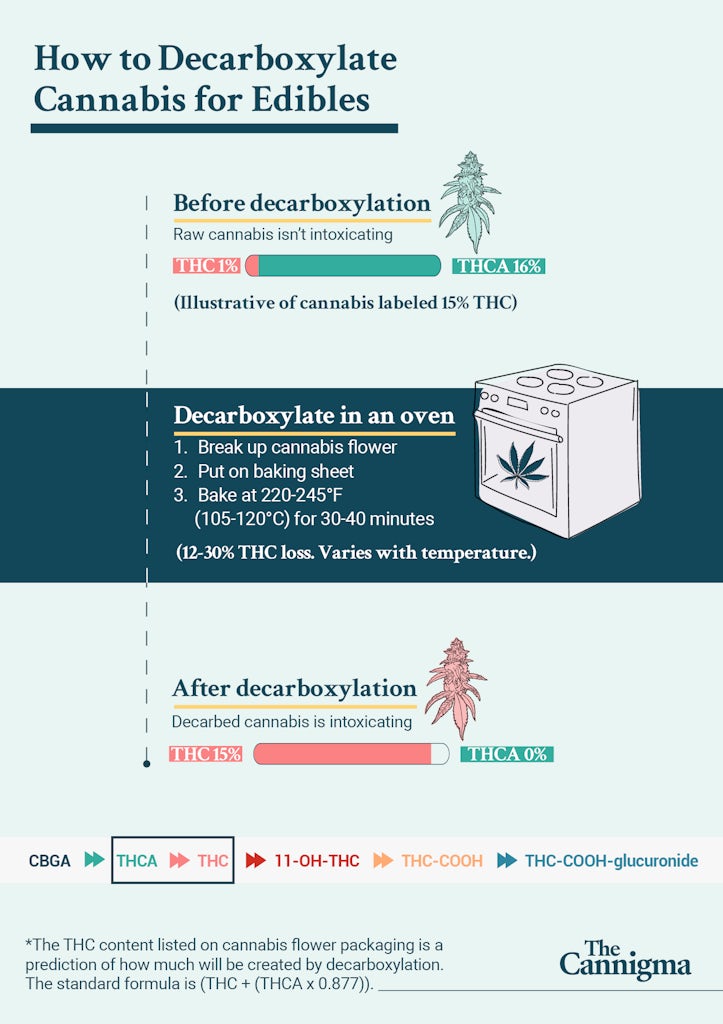
How much kief should you use in edibles?
When it comes to cooking with kief, less is more. Using a dosage calculator is the best way to measure out your cannabis.
If you think you’re not using a lot of kief, you’re likely right, but it’s still more than enough to deliver a powerful high. Remember, kief is stronger than the buds so you need less to achieve the same high. Consider this: while cannabis flower ranges from 15 – 28% THC, kief can go much higher, ranging from 30 – 50% THC.
The difference in potency means it’s very easy to over-serve yourself. Start low and go slow to avoid greening out. Remember that you can always take more later but you can’t take less.
Cooking with cannabis
Sure, smoking is the default consumption method most people think of for cannabis, but that doesn’t mean it’s the only way.
Cooking with cannabis is a great option for people who can’t or don’t want to smoke, as well as another way for cannabis enthusiasts to incorporate the plant in your daily routine. From making cannabis mocktails to butter, flour, and desserts, the limits to cooking with cannabis are only what you can imagine.
What can you make with kief?
Cooking with kief is as simple as cooking with any form of cannabis. With a few recipe modifications, you’ll be a master kief-chef in no time.
- Kief’s gentle flavor makes it a good choice to use as a seasoning or topping on your favorite dishes. It will add a slight texture and weed flavor without overpowering the dish. You can choose to decarb your kief and use it as a seasoning, but you can also eat it raw, which has its own health benefits.
- If tinctures are more your style, swap out the ground cannabis for kief. Note that this will make your tincture stronger, due to the increased THC percentages. Dose accordingly.
Kief edibles
Cannabutter. To make kief butter, swap out the ground cannabis for 2 grams of kief and keep the rest of the recipe the same.
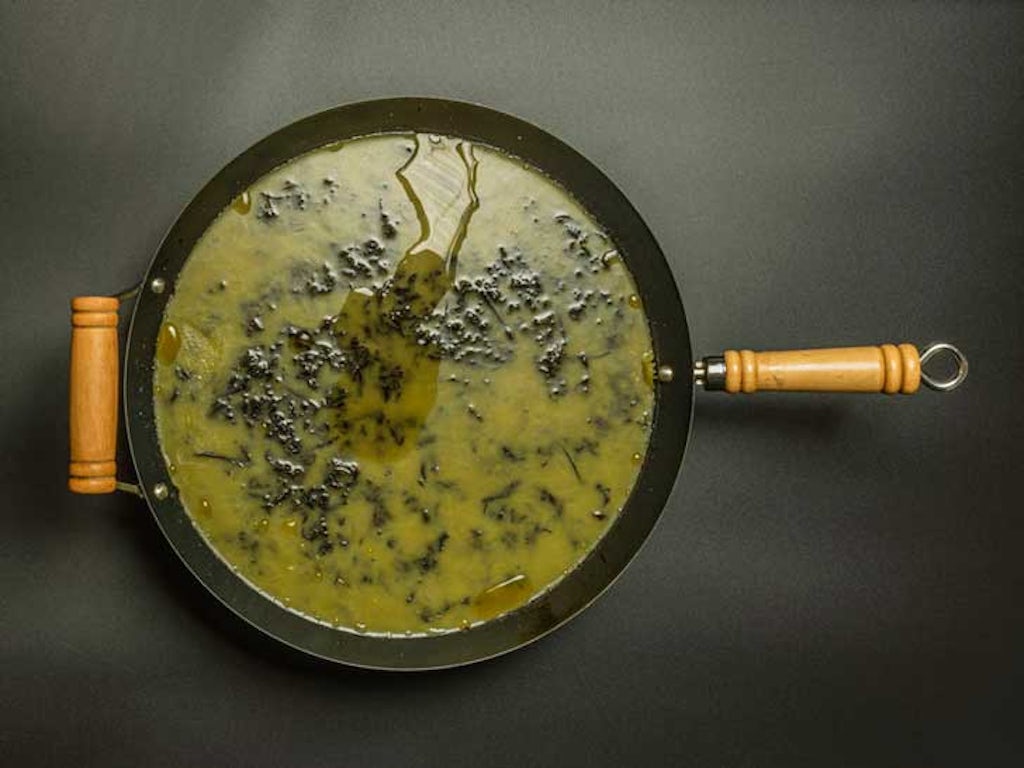
Cannaoil. Cannaoil is easy to make and versatile to use. To make this recipe, swap out the ground cannabis for 1-2 grams of kief.
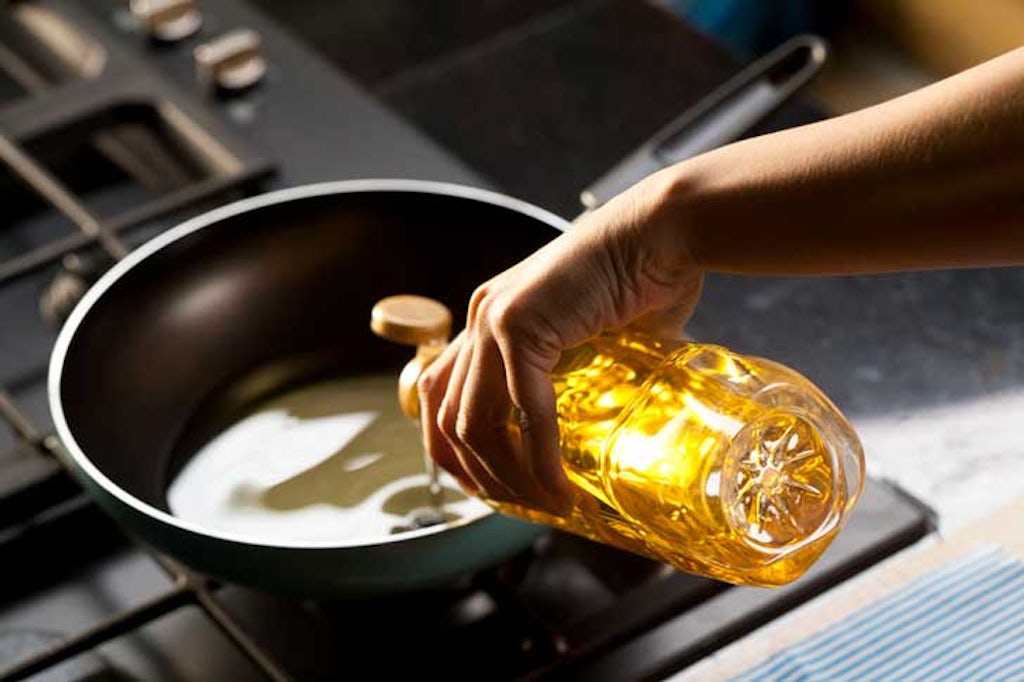
Gummies. Swap out the infused coconut oil in this recipe for kief and combine with the sunflower or soy lecithin on the stove. If you have kief-infused oil on hand, you can use that as well.
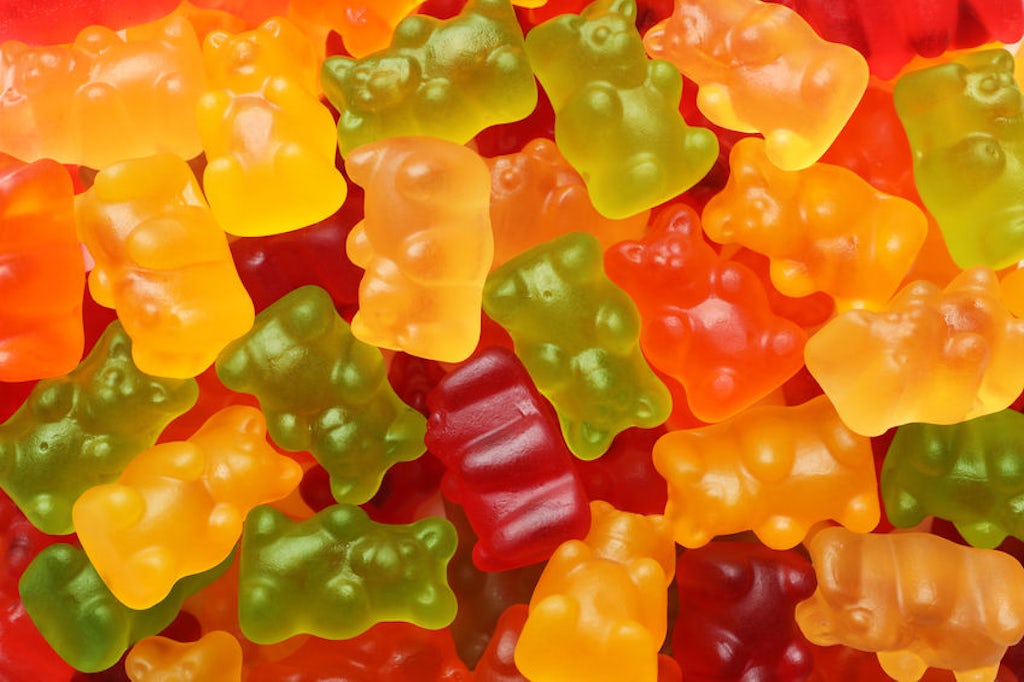
Cookies. An easy substitution for making cookies is to simply add 1/8th tsp of decarboxylated kief into the middle of each dough ball. This method skips the infusion of butter or oil and instead adds the kief directly to the cookie.
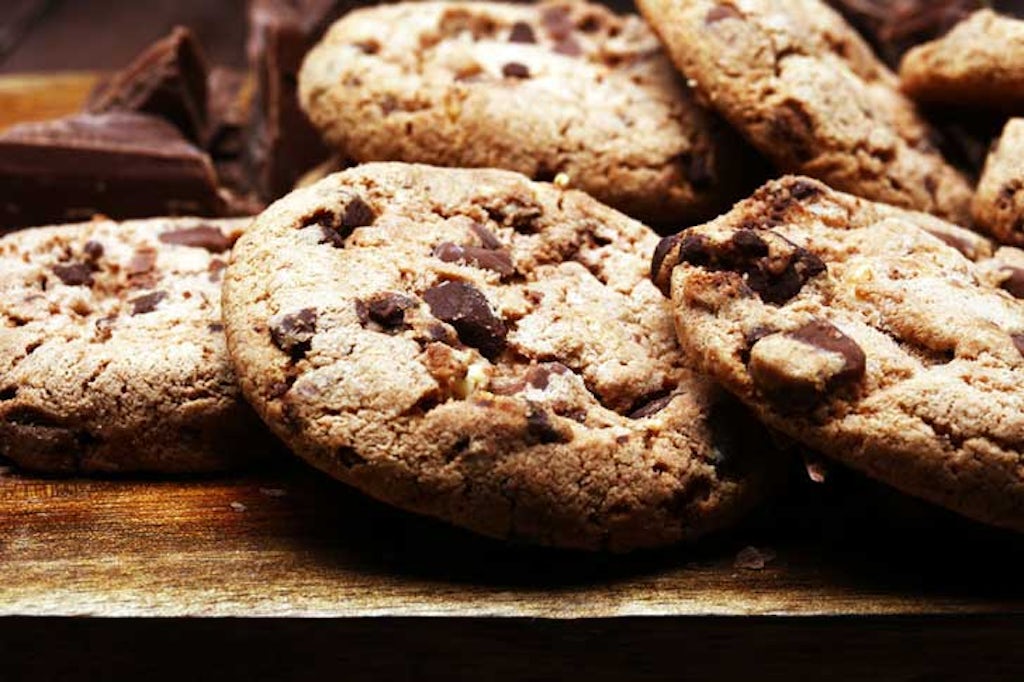
What’s important to know about edibles
The cannabis community is rife with horror stories about edibles. You know the ones: they start with “I took an edible and I didn’t feel anything so I took more” and end with “it was a bad time.” The good news, it’s easy to avoid greening out on edibles with a little knowledge and forethought.
Why do so many people have edibles horror stories? It comes down to one thing: 11-hydroxy-tetracannabidol.
Edibles work differently than inhaled cannabis, because the compounds are processed into your bloodstream through your digestive tract rather than your lungs. In your digestive system, THC is converted to 11-hydroxy-tetrahydrocannabinol, a compound even stronger than THC itself. Combine this with the fact that edibles can take up to an hour to kick in and last well over six hours,it’s easy to see how edibles can give people a hard time.
The most important thing to know about edibles is to start with a small dose and be patient. If you’re comfortable with edibles and don’t feel anything after about 2 hours, you can always reach for a small second serving, but know that edibles can take up to 4 hour to reach full effect.
Common mistakes to avoid when cooking with marijuana
- The easiest mistake to make when cooking with cannabis is overserving yourself. Start low and go slow- you can always have more later, but you can’t go back and take less.
- Don’t skip decarboxylation, or your edibles won’t have the maximum potency.
- Always keep your edible ingredients stored separately in an airtight, labeled container in a cool, dry place.
Sign up for bi-weekly updates, packed full of cannabis education, recipes, and tips. Your inbox will love it.

 Shop
Shop Support
Support
